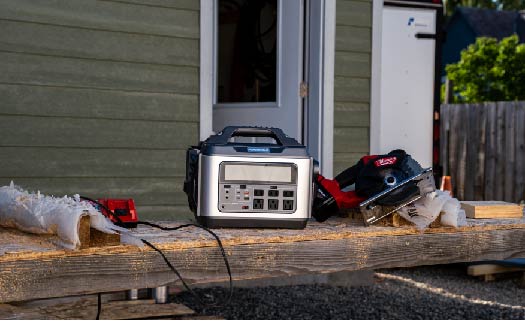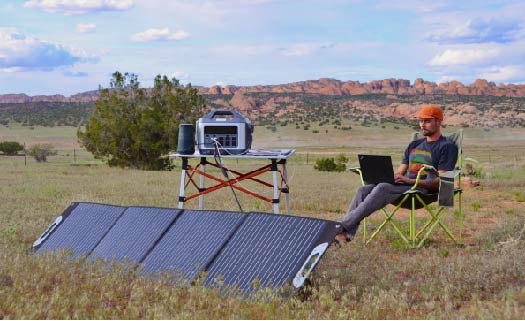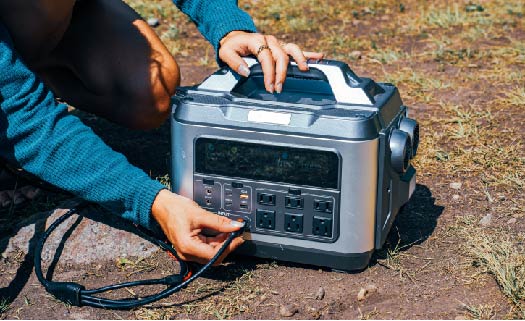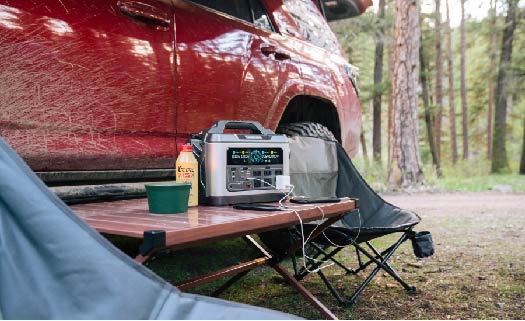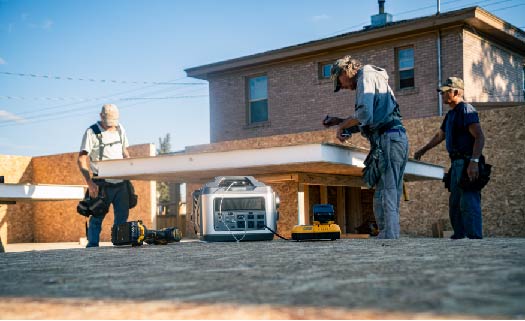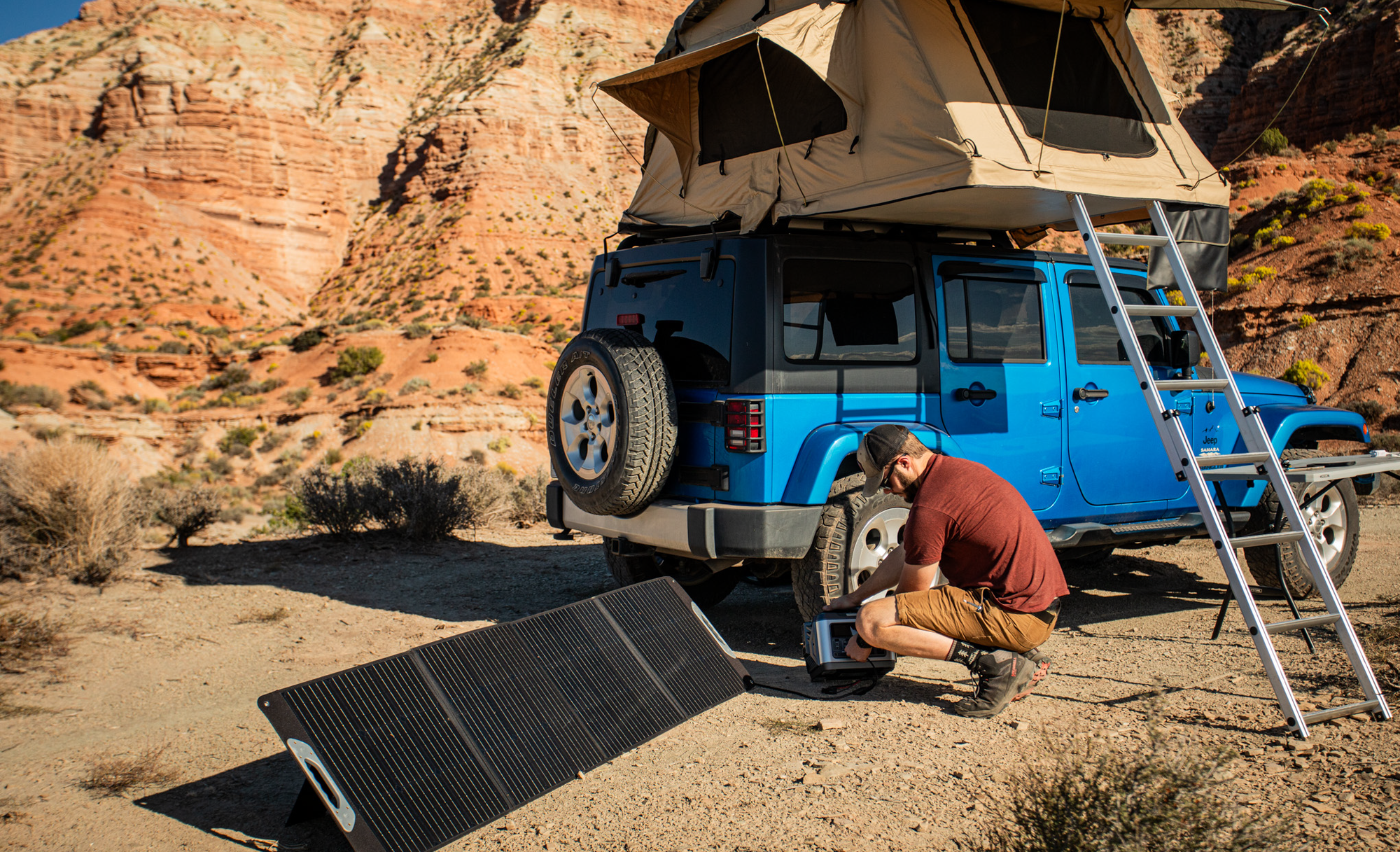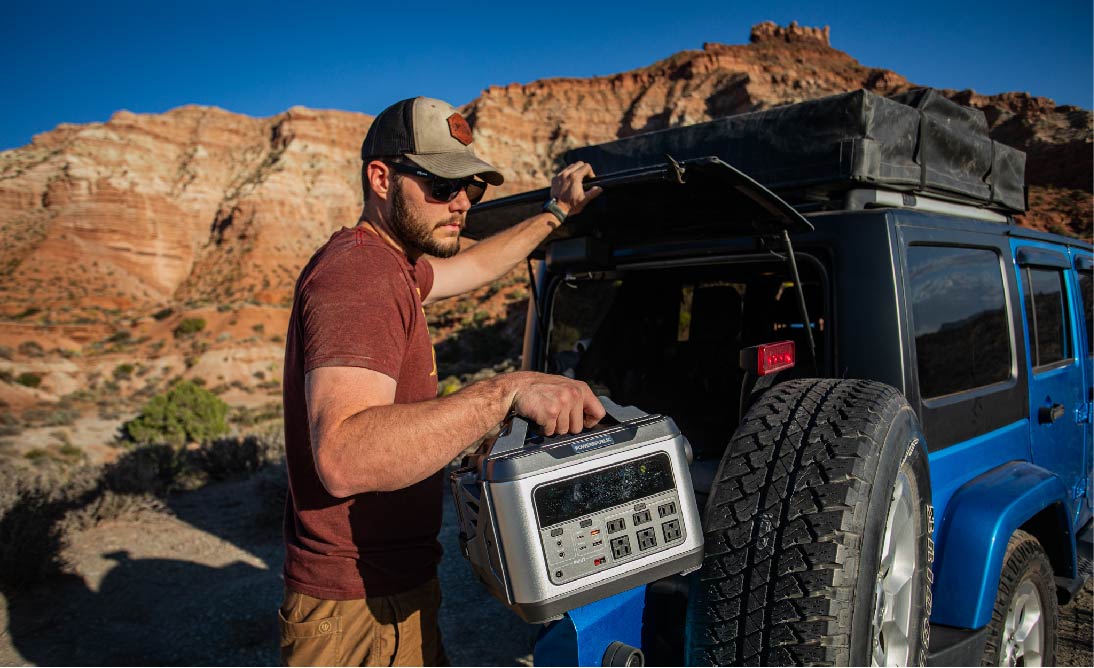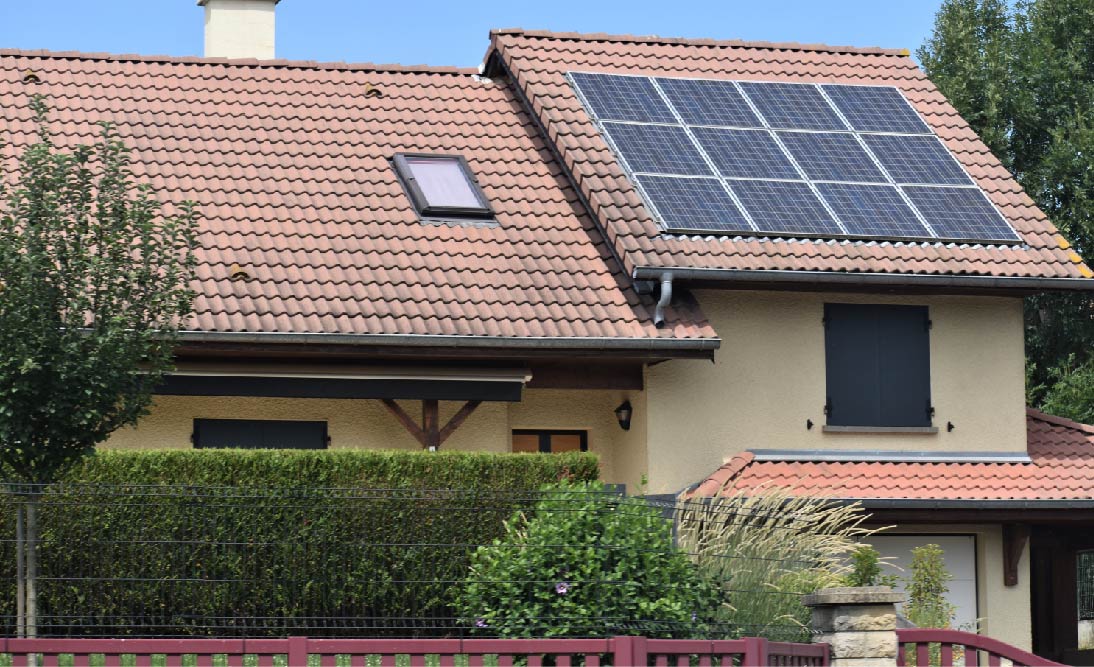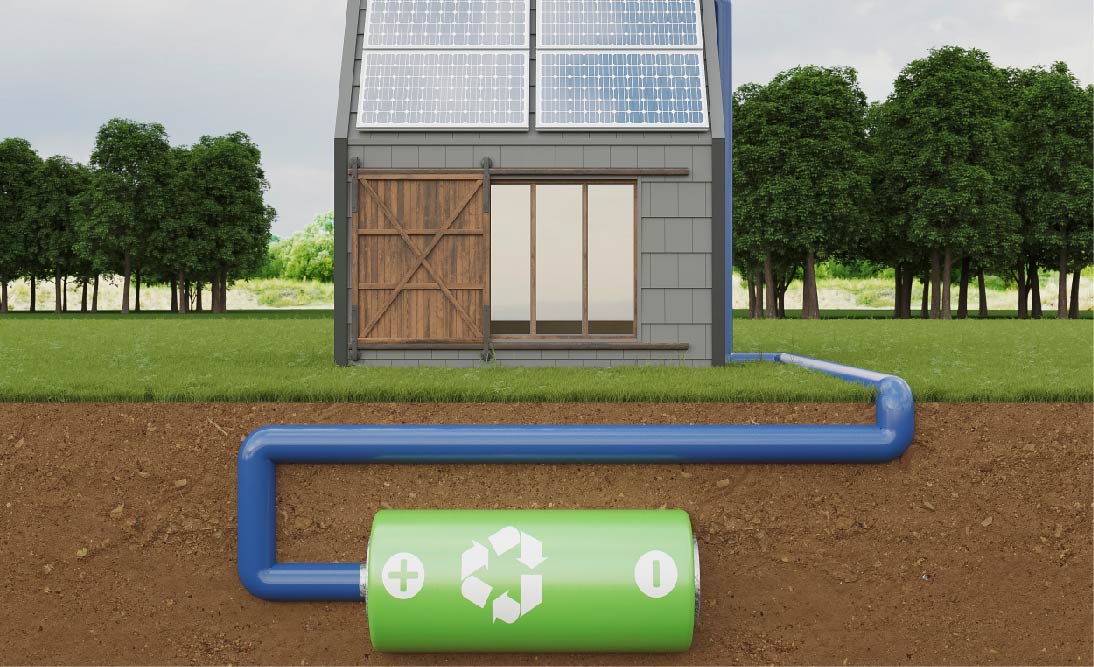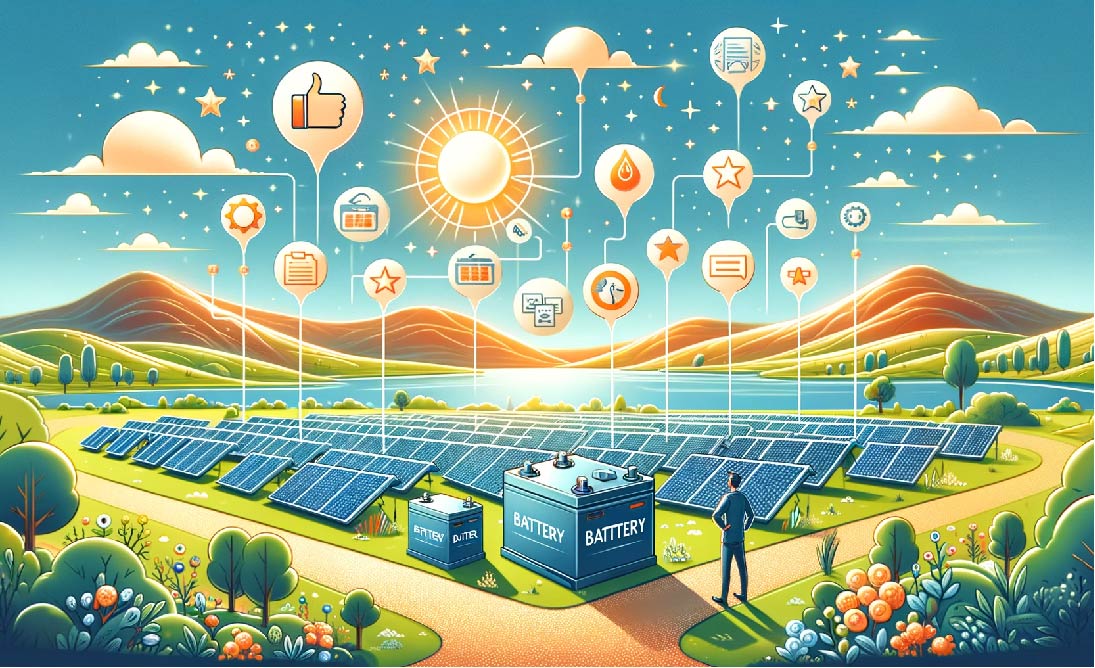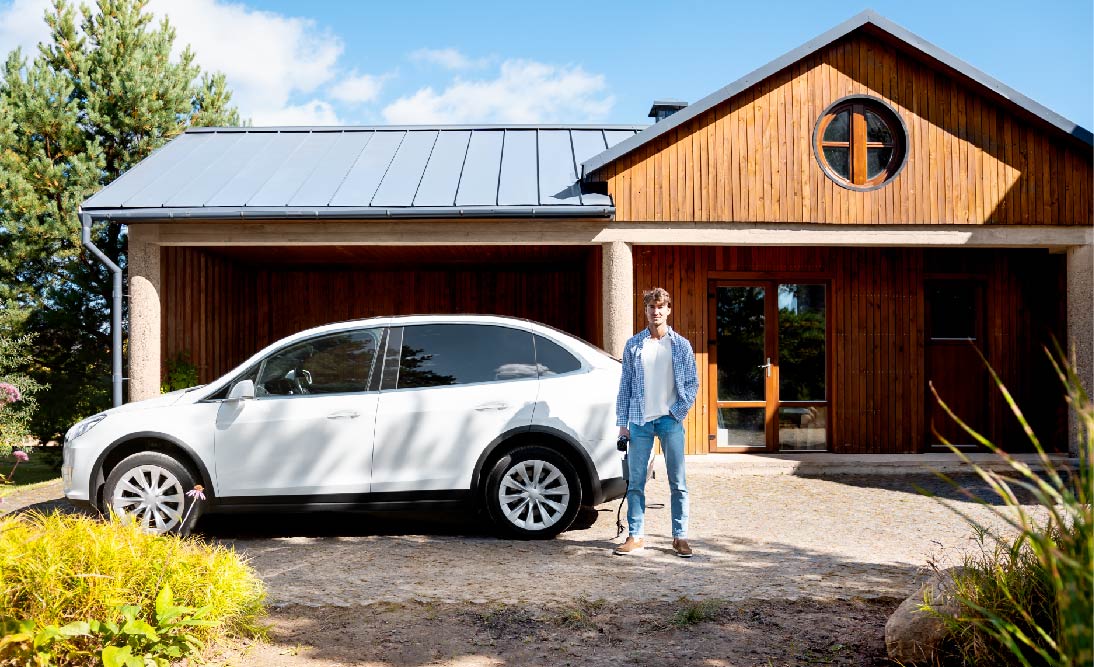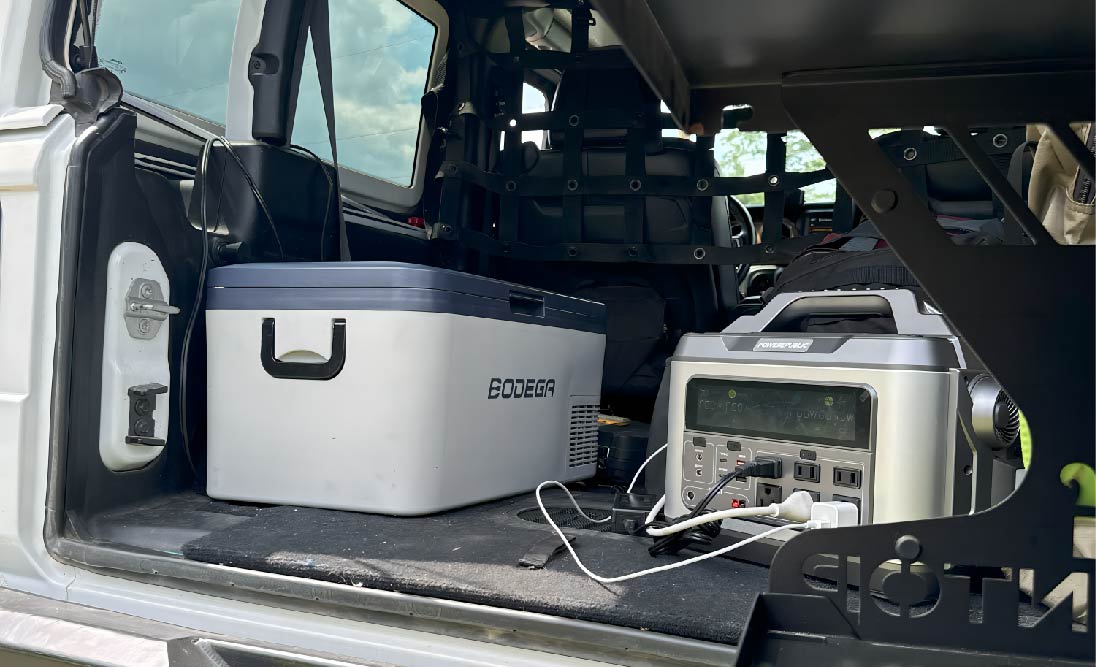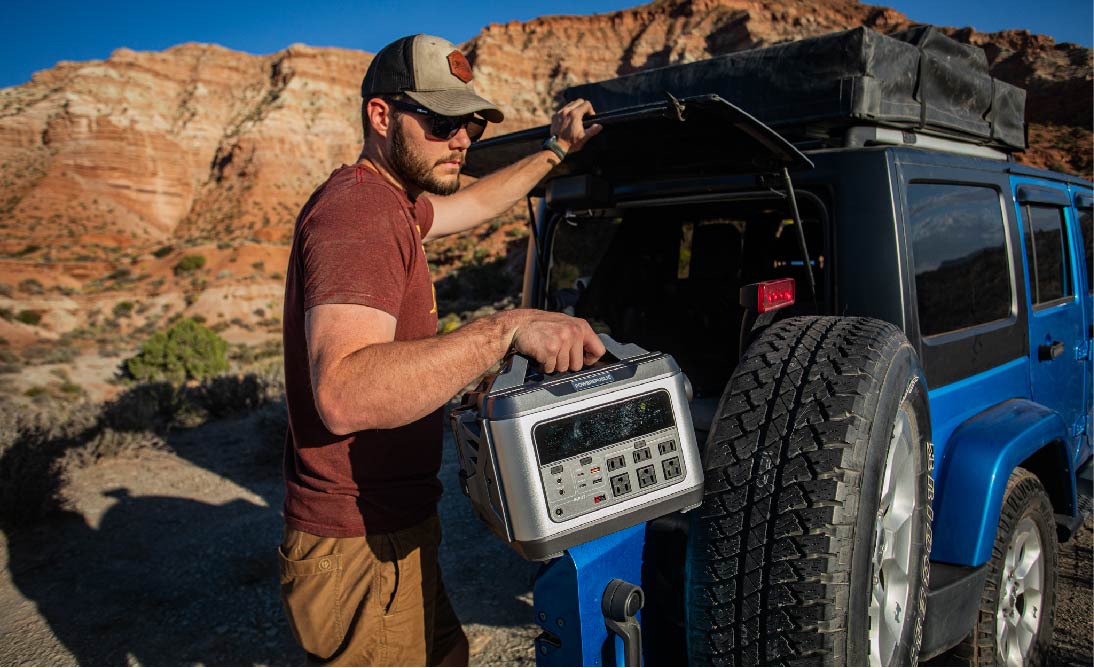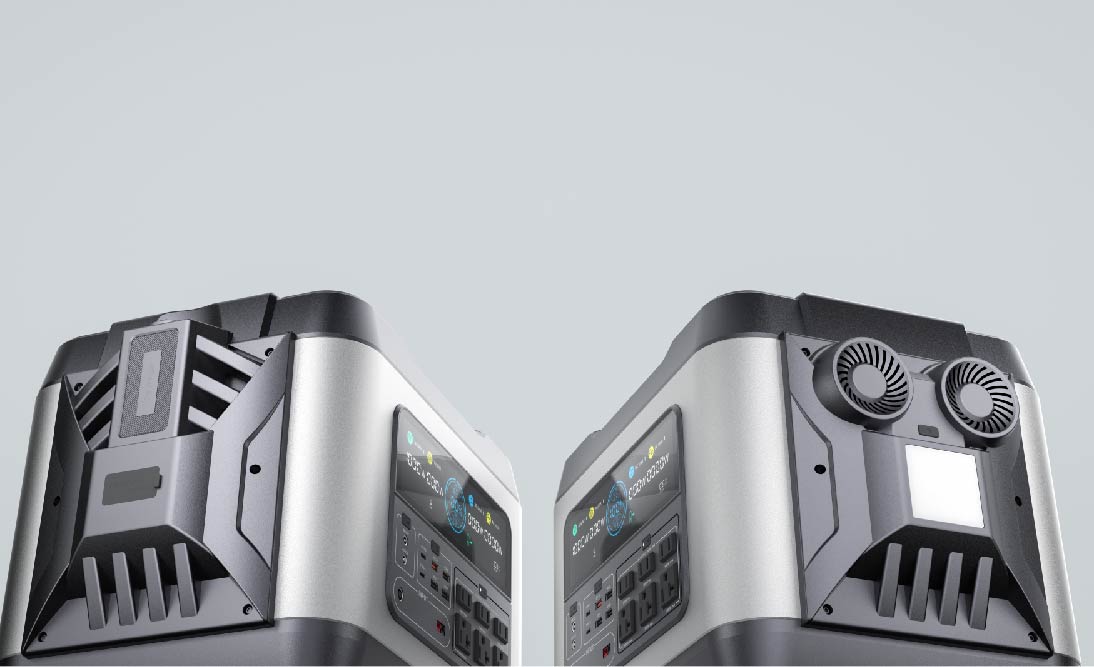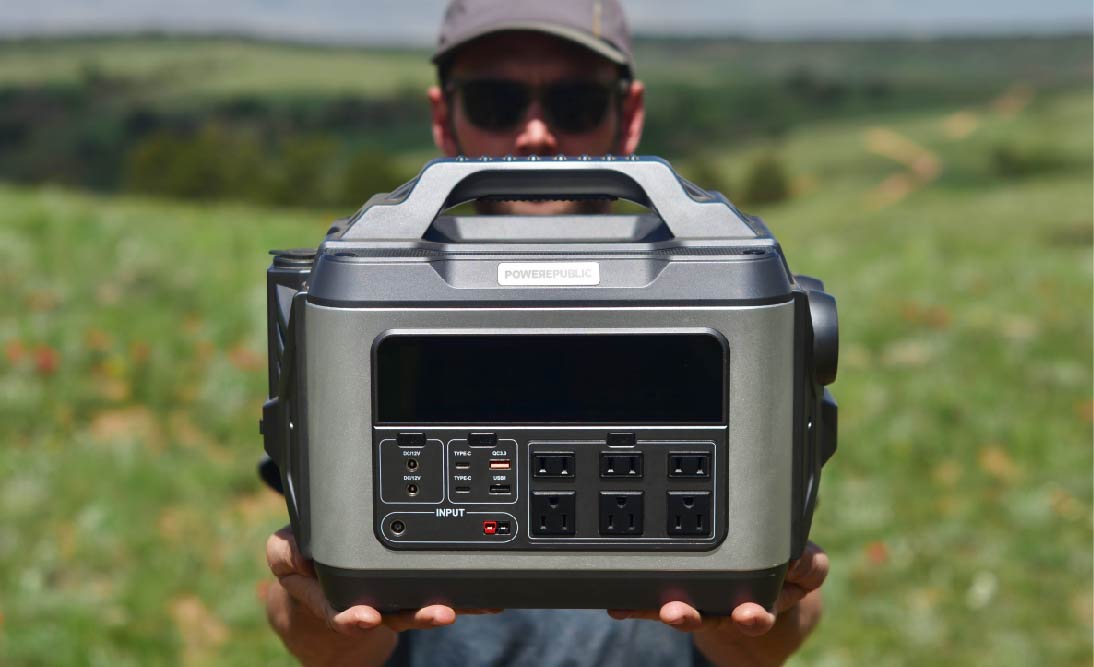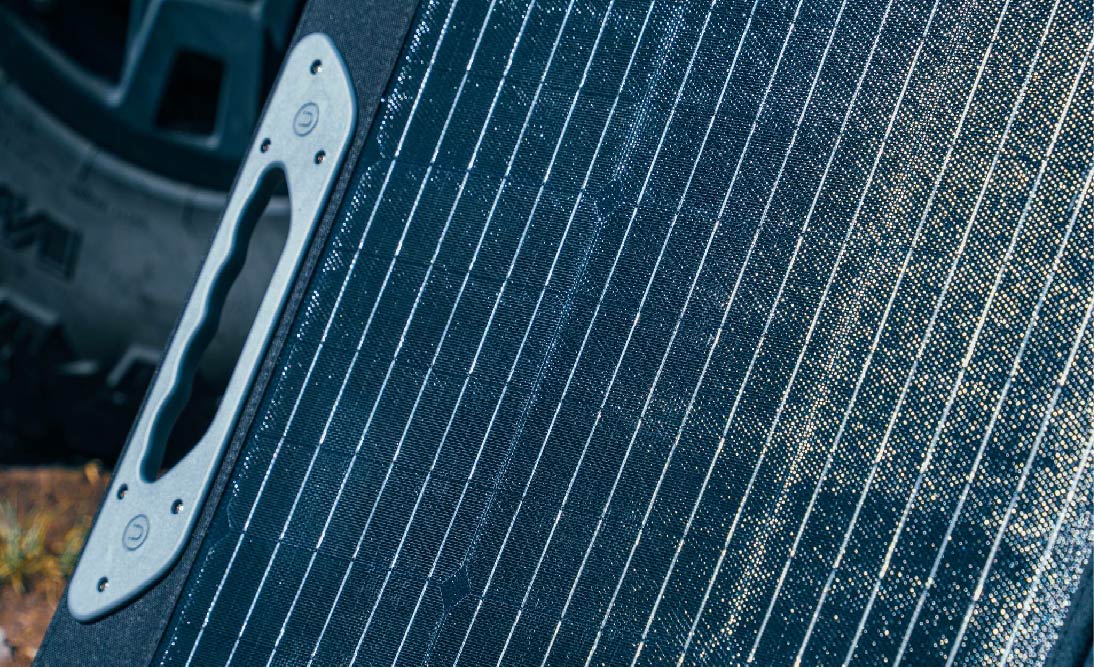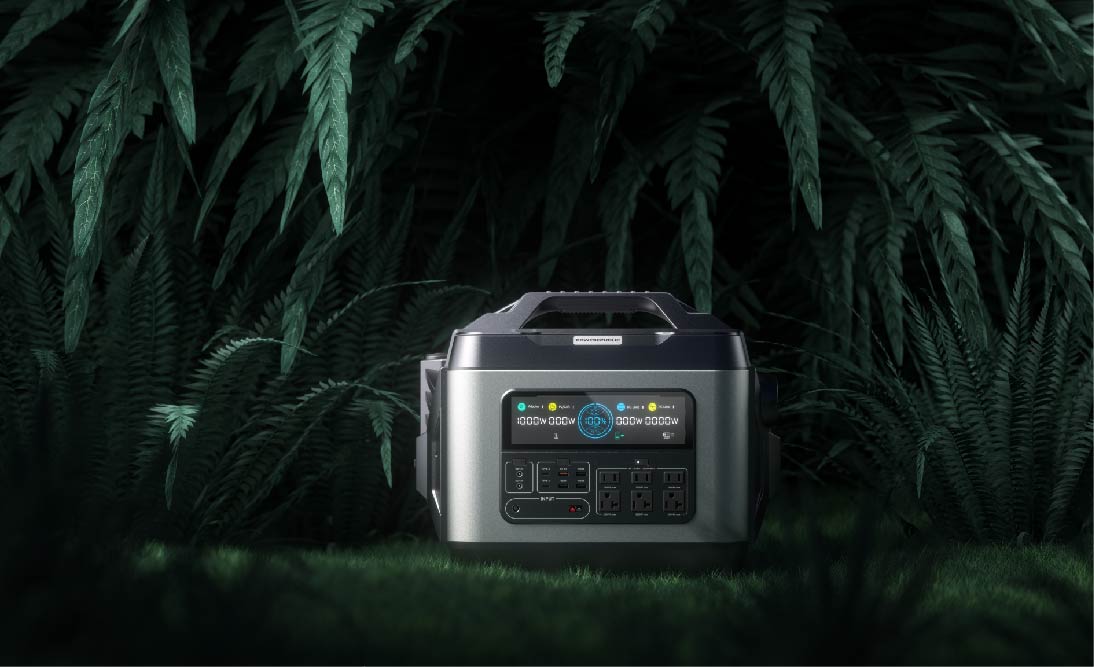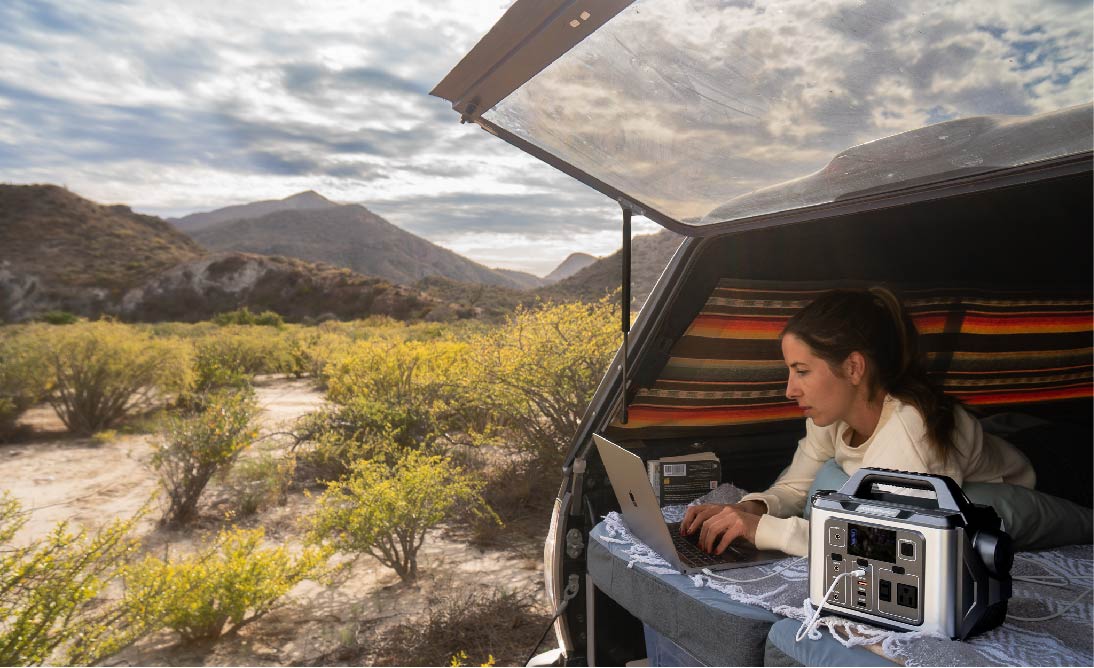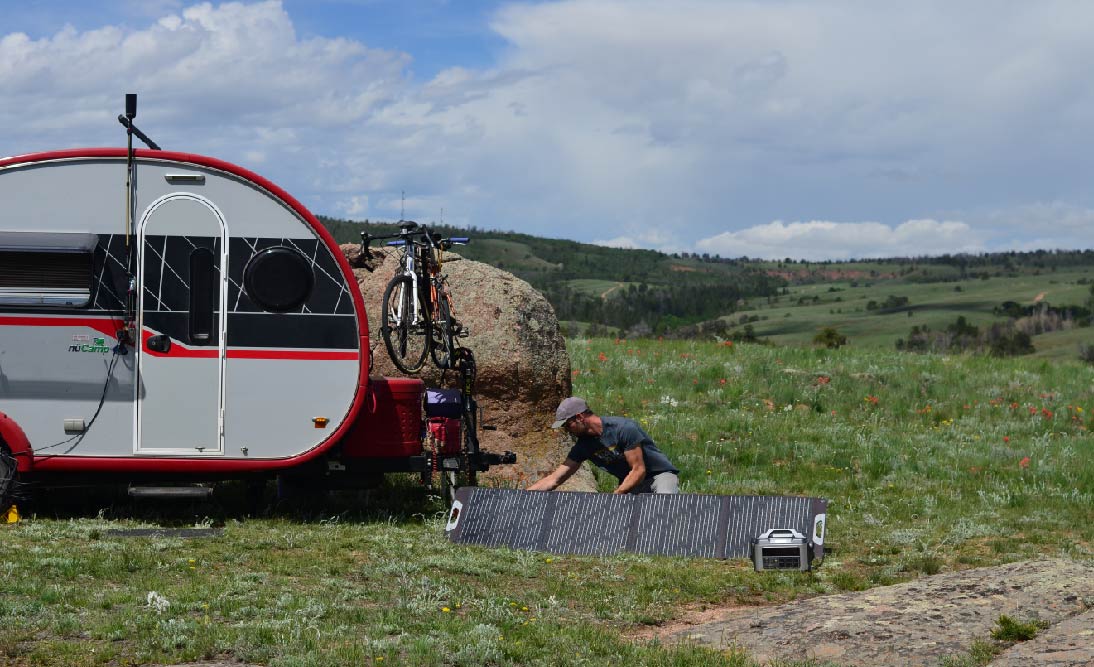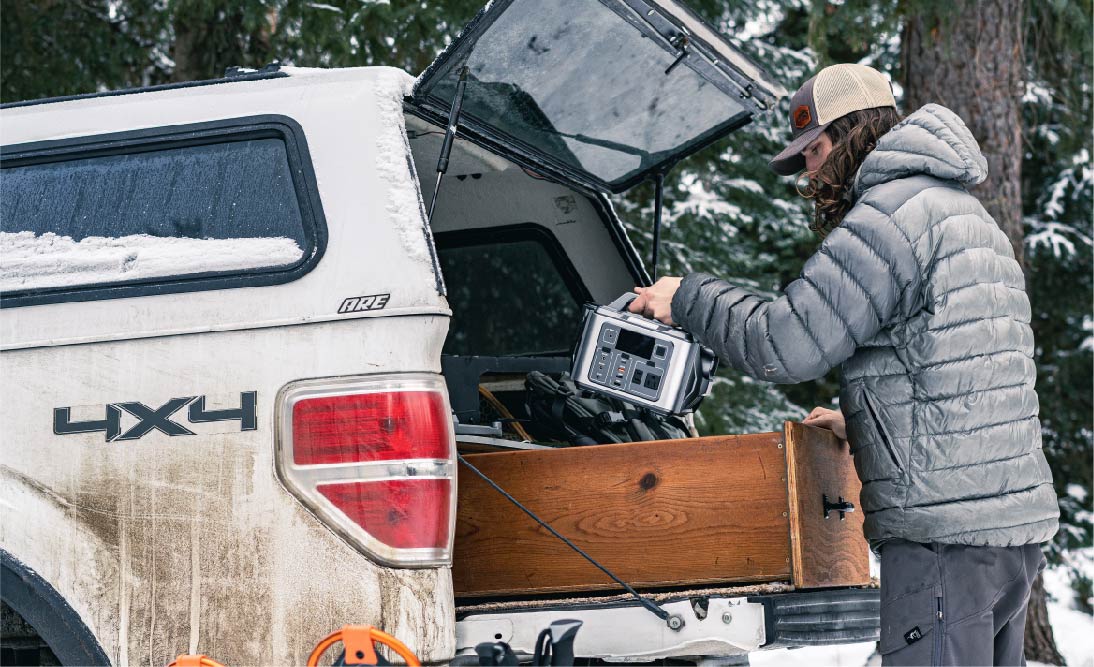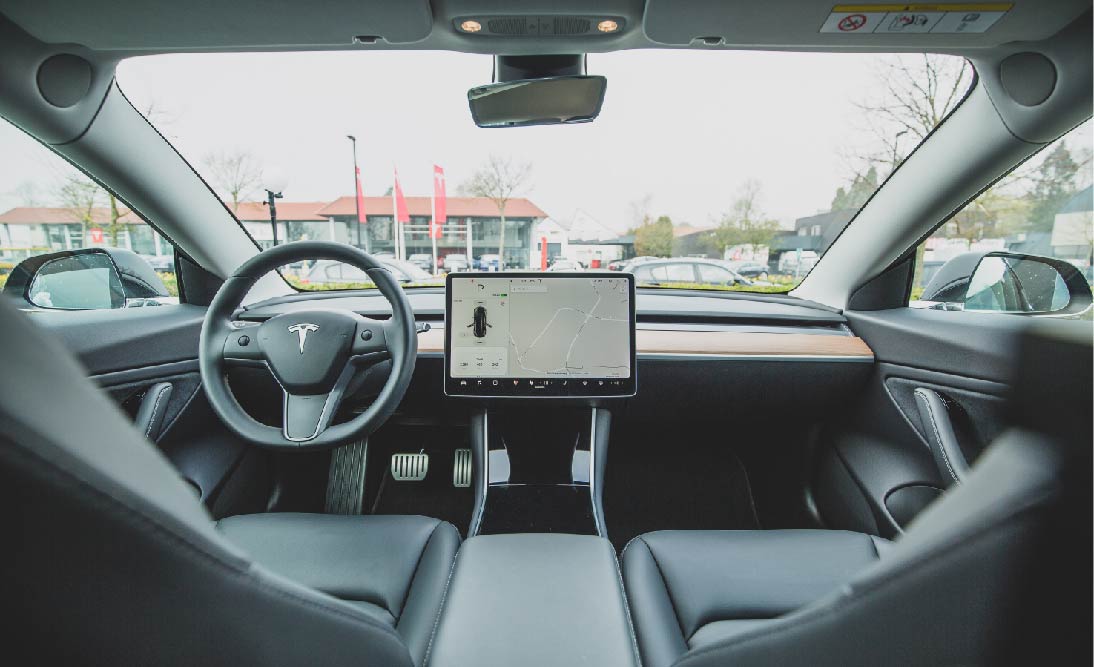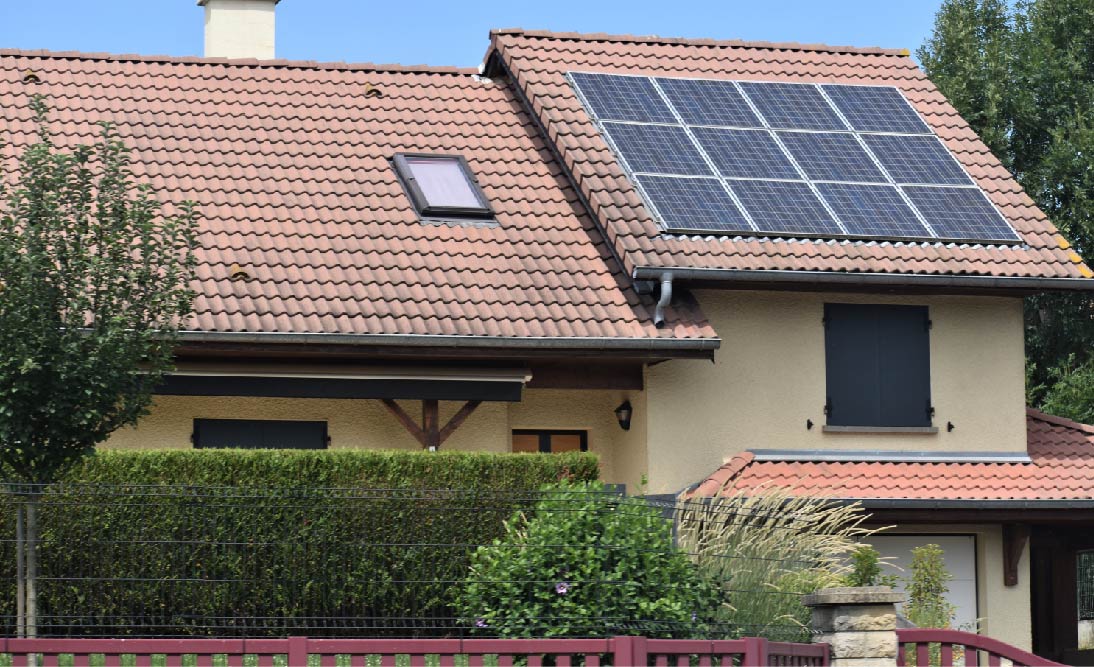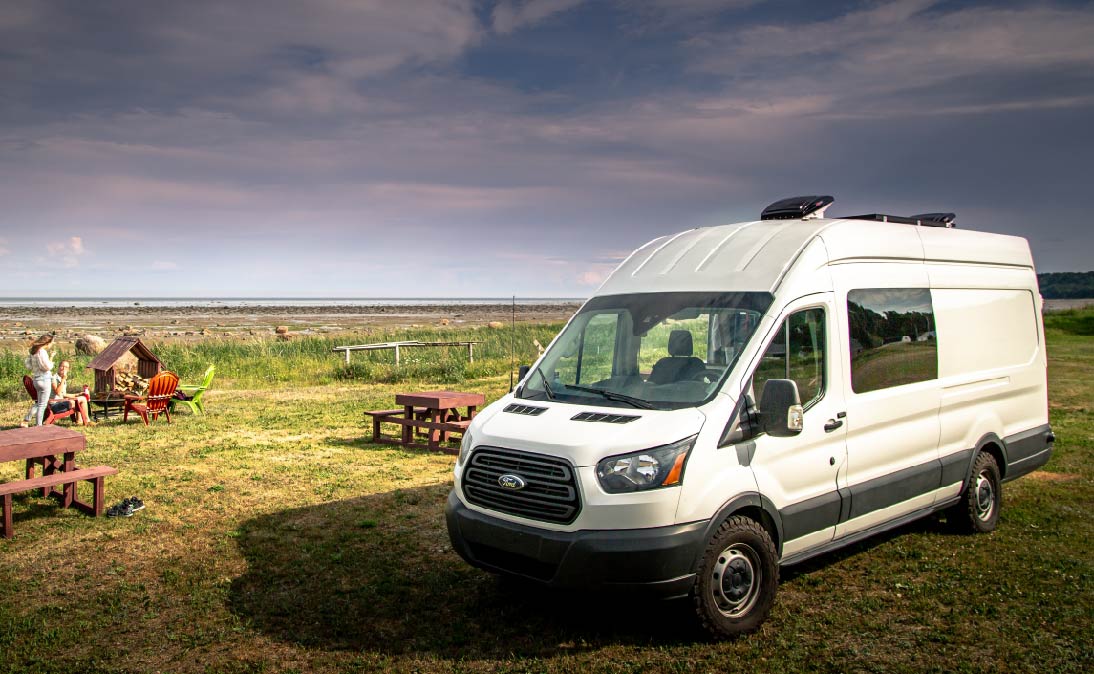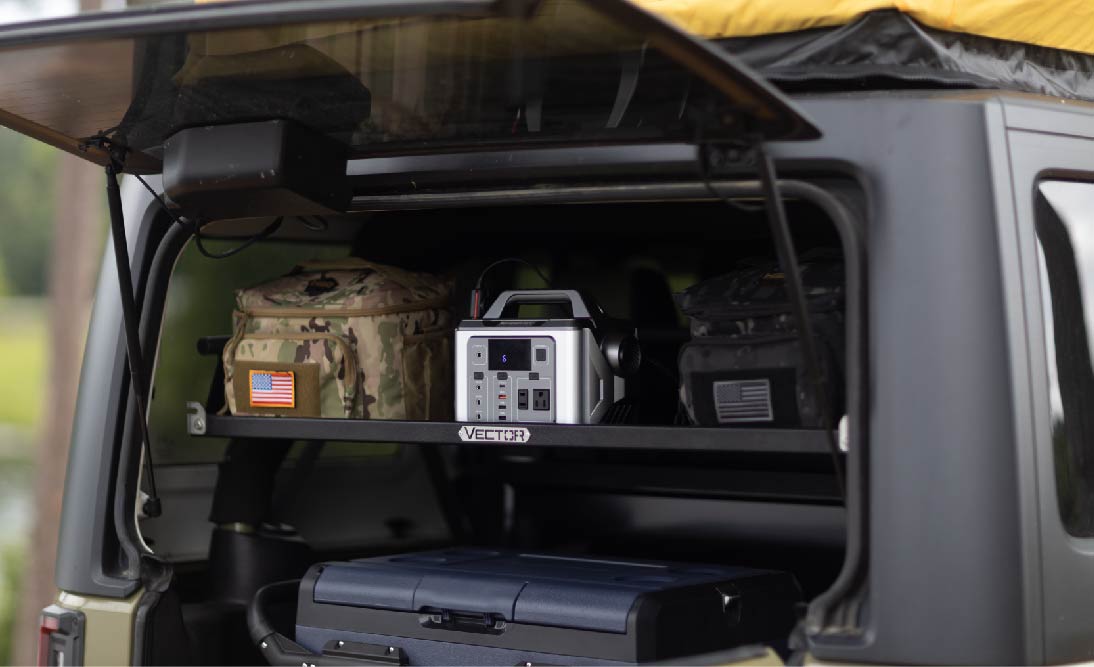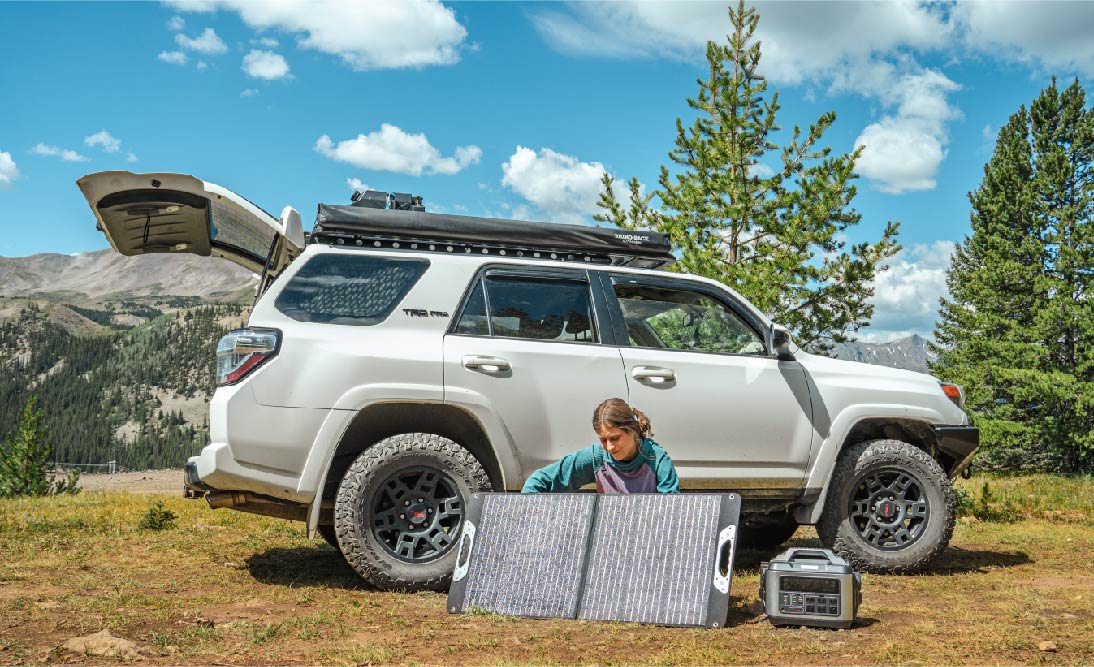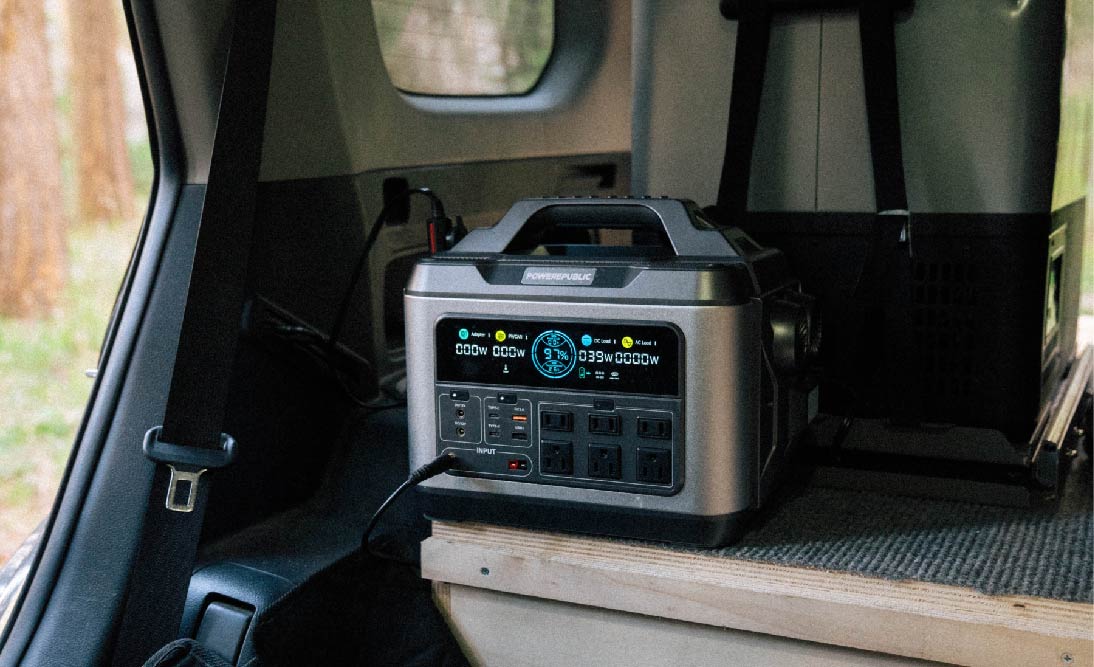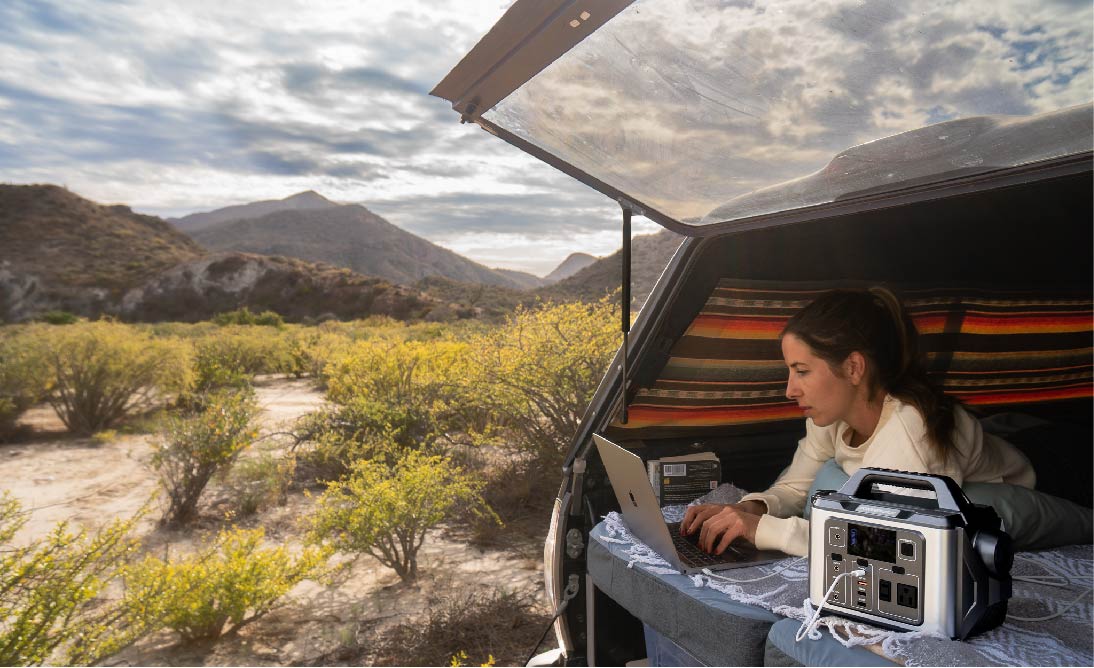Table of contents:
Solar battery storage is revolutionizing the way we harness and utilize solar energy, offering a sustainable solution to power needs while addressing some of the inherent challenges of solar power. This innovative system stores excess energy generated by solar panels during peak sunlight hours, allowing for its use when sunlight is not available, such as during the evening or on cloudy days. The core components of solar battery storage include the solar panels, battery, charge controller, and inverter, each playing a crucial role in converting, storing, and supplying solar energy as needed.
While solar battery storage presents numerous benefits, such as energy independence, reduced electricity bills, and a lower carbon footprint, it is not without its drawbacks. High upfront costs, maintenance requirements, and the need for significant space can deter potential users. Moreover, the question arises: Can one utilize a solar battery without solar panels? The answer lies in the versatility of systems like the POWEREPUBLIC Portable Power Stations, which offer alternative charging methods, thus expanding the usability of solar battery storage. Despite these challenges, solar battery storage remains a key player in the pursuit of a more sustainable and resilient energy future.
What is Solar Battery Storage?
Solar battery storage systems are cutting-edge solutions designed to capture and store the excess energy produced by solar panels during the day. This stored energy can then be used at times when solar energy production is not possible, such as during nighttime or overcast days, ensuring a consistent and reliable power supply. These systems are integral to achieving energy independence, reducing reliance on the grid, and making renewable energy more accessible and efficient.

Main Components and Their Functions:
Solar Panels: These crucial elements capture sunlight and transform it into electrical energy, marking the initial step in any solar power setup.
Battery: This component serves as the repository for electricity produced by the solar panels, acting as the core of the storage mechanism and enabling the use of solar energy even when it's not being directly generated.
Charge Controller: Responsible for managing the electric current flowing from the solar panels to the battery, this apparatus prevents the battery from receiving too much charge, thereby safeguarding it from harm.
Inverter: This device is tasked with converting the DC (direct current) stored in the battery into AC (alternating current), the form of electricity commonly utilized in household devices.
Battery Management System (BMS): Crucial for the upkeep of battery health, this system oversees the performance of the battery, ensures even distribution of charge across cells, and shields the battery from functioning beyond its designed safety margins.
Price Range:
The cost of solar battery storage systems can vary widely depending on the capacity, technology (like lithium-ion or lead-acid batteries), and brand.
Basic setups might start around $200 for small, portable power stations, while larger, whole-house systems can exceed $10,000 to $20,000 when including installation and the cost of solar panels themselves. The investment in solar battery storage not only reflects the hardware but also the value of increased energy security, lower utility bills over time, and a significant step towards sustainability.
In sum, solar battery storage is a sophisticated technology that bridges the gap between renewable energy production and the practical demands of daily energy consumption. Despite the initial costs and space requirements, the benefits of reduced utility bills, carbon footprint reduction, and energy independence make it a compelling option for those looking to invest in a sustainable energy future.
Pros of Solar Battery Storage - Why Do We Need One?
-
Energy Independence: Solar battery storage allows people to become less dependent on the grid, providing a sense of security and autonomy. During power outages or peak times when electricity prices surge, those with solar battery systems can use their stored energy, maintaining power and avoiding high costs.
-
Reduced Electricity Bills: By storing excess solar energy for later use, households and businesses can significantly reduce their need to purchase electricity from the grid, especially during peak rate periods. This can lead to substantial savings on electricity bills. For example, suppose a household generates more electricity than it uses during the day. In that case, it can store that excess energy instead of selling it back to the grid for a minimal return, using it during peak hours when electricity rates are higher.
-
Lower Carbon Footprint: Solar battery storage contributes to a reduction in carbon footprint by maximizing the use of renewable solar energy and reducing reliance on fossil fuel-based power. This transition to cleaner energy sources is crucial in combating climate change.
-
Improved Solar Utilization: Without storage, solar energy generated during the day and not immediately used is often wasted or sold back to the grid at a lower value. Battery storage captures this excess, enhancing the efficiency and effectiveness of solar installations.
-
Support for the Grid: Solar battery systems can provide support to the grid during high-demand periods, reducing the strain on infrastructure and the need for additional power plants. This not only helps to stabilize the grid but also contributes to a reduction in overall energy costs.

Cons of Solar Battery Storage - What Should We Pay Attention To?
-
High Upfront Costs: The initial investment for a solar battery storage system can be quite high. Including the cost of solar panels and the battery system, expenses can range from $10,000 to $20,000 or more, making it a significant barrier for many households and businesses.
-
Maintenance and Lifespan: While the technology is improving, solar batteries still require maintenance and have a finite lifespan, typically around 10 to 15 years depending on the technology (e.g., lithium-ion vs. lead-acid). This means that they will need to be replaced at least once during the lifespan of the solar panel system, adding to long-term costs.
-
Space Requirements: Solar battery systems, especially those capable of powering a whole house, can be large and require significant space for installation. This can be a limiting factor for urban dwellings or those with limited available space.
-
Complexity and Technical Challenges: Installing a solar battery storage system involves complex design and integration into existing electrical systems. It requires professional installation and sometimes ongoing management to ensure optimal performance, adding layers of complexity for the user.
-
Environmental Impact: While less impactful than fossil fuels, the production, and disposal of solar batteries do have an environmental footprint. The mining of materials like lithium and cobalt raises environmental and ethical concerns, and the recycling infrastructure for batteries is still developing.

While solar battery storage offers a promising path toward renewable energy utilization and energy independence, potential users must weigh the initial costs and practical considerations against the long-term benefits and savings. As technology advances and costs decrease, solar battery storage is likely to become an increasingly viable option for a wider range of consumers. Knowing the pros and cons of solar battery storage will help you select the ideal options according to your power needs and budget.
Can I Use A Solar Battery Without Solar?
Yes, you can use a solar battery without solar panels.
Why Can We Do So?
The versatility of modern solar battery systems, such as portable power stations, allows them to be charged through multiple methods aside from solar panels. This includes AC outlets (standard household electricity), DC car chargers, and even wind turbines in some cases. This flexibility makes them suitable for a variety of applications beyond traditional solar setups.

How To Do So - Factors to Consider?
-
Charging Method: Decide whether you'll primarily use AC outlets, DC car chargers, or if available, alternative renewable sources.
-
Capacity and Power Needs: Calculate your energy needs to ensure the battery has enough capacity to power your devices. For example, if you need to power a 50W device for 5 hours, you’ll need at least 250Wh capacity.
-
Portability Requirements: Consider whether you need a lightweight, portable option for on-the-go use or a stationary system for home backup.
-
Cost vs. Benefit Analysis: Consider the cost of charging (electricity rates if using an AC outlet) versus the convenience and benefits offered by the system.
Portable Power Station as an Option?
Portable power stations are compact, integrate batteries, and often come with multiple ports (USB, AC, DC) to charge various devices. They're ideal for emergencies, camping, or as backup power sources.
Pros and Cons of Using a Solar Battery Without Solar
Pros:
-
Versatility: Chargeable by multiple sources, not limited to solar.
-
Portability: Many models are designed for easy transport.
-
Accessibility: Useful in areas where solar charging is not viable due to weather or geographical constraints.
-
Immediate Backup Power: Provides power during outages without needing sunlight.
Cons:
-
Dependence on Electricity for Charging: If relying on AC charging, you're still dependent on the grid, which may not be ideal in outages.
-
Potentially Higher Operational Costs: Charging from the grid, especially in regions with high electricity rates, can be costly.
-
Environmental Considerations: Charging with grid electricity, often generated from fossil fuels, can negate some environmental benefits of solar power.
Price Range with Examples
-
Small Portable Power Stations (150-300Wh): Ideal for charging phones, laptops, and small appliances. Prices range from $100 to $300.
-
Medium Portable Power Stations (300-1000Wh): Can power larger devices and small appliances for longer periods. Prices range from $300 to $1,000.
-
Large Portable Power Stations (>1000Wh): Suitable for running several large appliances or for extended use. Prices range from $1,000 to $3,000+.
Example Calculation:
Let's say you want to power a 40W TV for 10 hours during a camping trip using a portable power station. The total energy needed would be:
Energy Needed=40W×10h=400Wh
Therefore, you would need a portable power station with at least a 400Wh capacity. Considering efficiency losses during power conversion (AC output), aim for a model with around 500Wh to ensure you have enough power. If the model you choose costs $500, and you use it for similar trips 10 times a year, the cost per use would be:
Cost Per Use=$500/10 use=$50 per trip
Over time, the value increases with more frequent use, not accounting for the benefits of having backup power during outages or the convenience of portable electricity.
In sum, utilizing a solar battery without solar panels is a practical and flexible option thanks to the advent of modern solar battery systems like portable power stations. These devices can be charged via various methods, including AC outlets, DC car chargers, and alternative renewable sources, offering a solution for energy needs beyond traditional solar power setups.
Solar Battery Storage: POWEREPUBLIC Portable Power Stations
From our discussion on the pros and cons of solar battery storage, as well as the feasibility of using solar batteries without solar panels, it's clear that regardless of whether you're incorporating solar panels into your setup, POWEREPUBLIC offers a solid, safe, and versatile option for your energy needs.
Here are the reasons why POWEREPUBLIC stands out as a superior choice:
-
Flexibility in Charging: All POWEREPUBLIC Portable Power Stations are designed to be used both with and without solar panels, catering to your personal preference, power needs, and budget constraints. This adaptability ensures that whether you have access to solar power or not, your power needs are covered.
-
Advanced Battery Technology: The use of lithium-ion or LiFePO4 batteries in all POWEREPUBLIC Portable Power Stations underscores their commitment to providing products with a longer lifespan and enhanced safety. These advanced battery technologies are known for their reliability, efficiency, and robustness, making them an ideal choice for portable power solutions.
-
Wide Range of Power Options: With models ranging from 300W to 3000W, POWEREPUBLIC offers a diverse lineup to suit various lifestyles and requirements. The T306 model is perfect for short camping trips, offering lightweight and compact power solutions. The T1200 is designed for longer camping excursions and van life, providing ample power for extended periods. The T2200 caters to outdoor enthusiasts with higher power needs as well as serving as an indoor home backup. Lastly, the T3000 model is the ultimate solution for home backup during unexpected power outages, ensuring your essential appliances remain operational.
-
Durable and Rugged Design: The turbine engine and aircraft wiring design, coupled with an aluminum-alloy body across all models, make POWEREPUBLIC power stations not only durable but also rugged-looking. This design aesthetic is particularly appealing to overlanders, complementing the robustness of their vehicles and lifestyle.
-
High Customer Satisfaction: With a 4.5 rating on Trustpilot, POWEREPUBLIC's commitment to quality and customer satisfaction is evident. This high rating reflects the positive experiences of numerous customers who have trusted POWEREPUBLIC for their portable power needs, highlighting the company's reliability and the effectiveness of its products.
-
User-Friendly Interface: Each POWEREPUBLIC Portable Power Station features an intuitive interface(LED and LCD screens) that makes it easy for users of all technical backgrounds to operate the device efficiently, ensuring you can maximize the use of your portable power station without a steep learning curve.
-
Wide Range of Applications: Beyond just camping or emergency home backup, POWEREPUBLIC Portable Power Stations are versatile enough to be used for a plethora of activities, including outdoor events, remote work locations, and even as a reliable power source for small businesses during outages.

In summary, POWEREPUBLIC Portable Power Stations offer a comprehensive solution to modern portable power needs, blending advanced technology, user-friendly design, and robust construction into a product lineup that's not only highly functional but also adaptable to a wide range of lifestyles and requirements. Whether you're an adventurer, a homebody looking for emergency power solutions, or someone exploring green energy options, POWEREPUBLIC has a model to suit your needs, backed by strong customer approval and a commitment to quality.
Final Thoughts
In evaluating the pros and cons of solar battery storage, it's clear that while the technology offers significant benefits such as energy independence, reduced electricity costs, and a lower carbon footprint, it also faces challenges like high initial investment, maintenance needs, and spatial requirements. However, the advent of solutions like POWEREPUBLIC Portable Power Stations demonstrates the potential for overcoming these drawbacks. POWEREPUBLIC’s range provides a versatile option for those seeking solar battery storage without needing direct solar panel integration, addressing key cons such as installation complexity and upfront costs.
By offering devices that can be charged through alternative methods including AC outlets and DC car chargers, POWEREPUBLIC highlights the practical flexibility of solar battery storage. This adaptability makes solar energy more accessible, underscoring the evolving landscape where the pros of solar battery storage increasingly outweigh the cons.
Explore more about POWEREPUBLIC Portable Power Stations as Solar Battery Storage.









